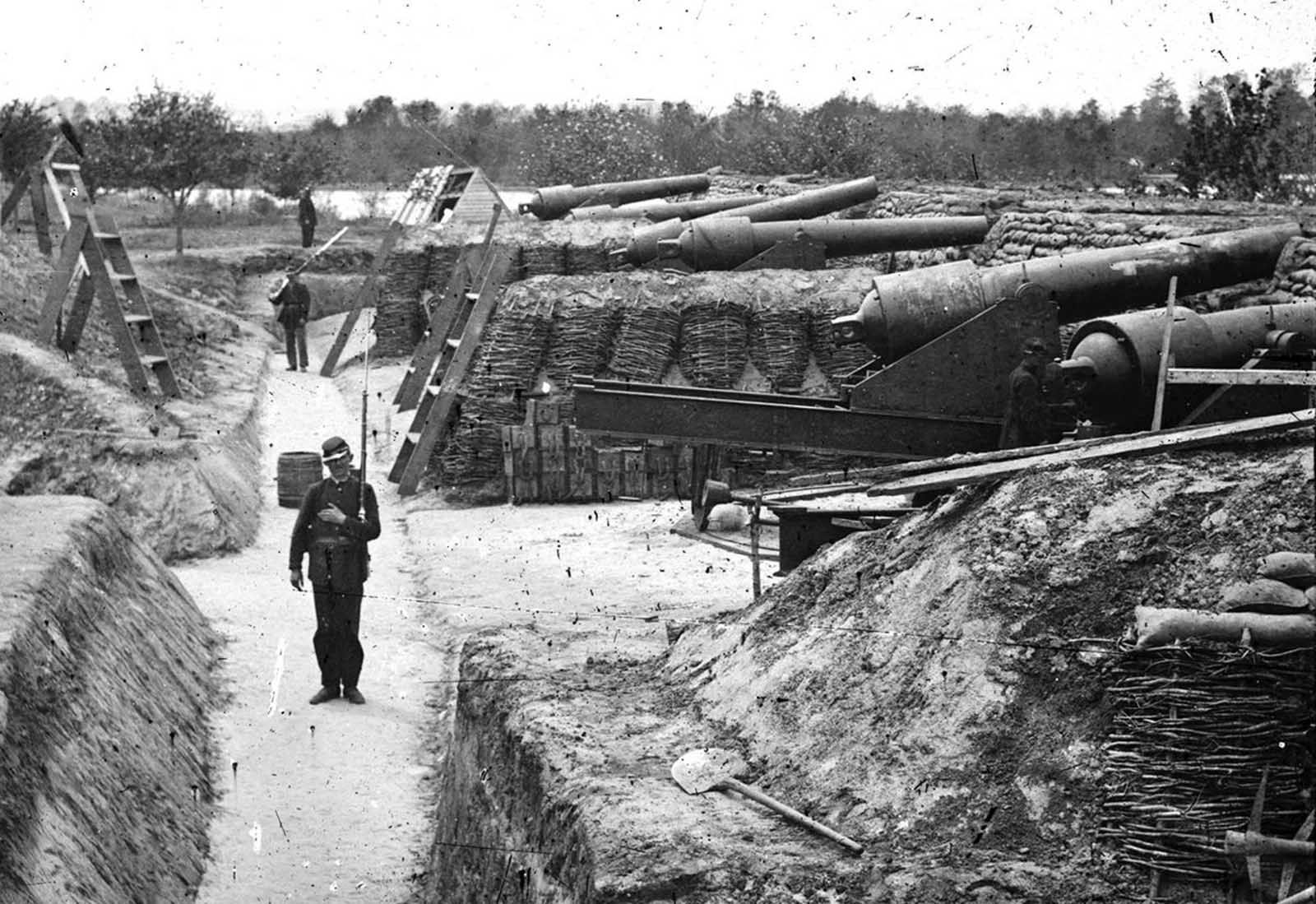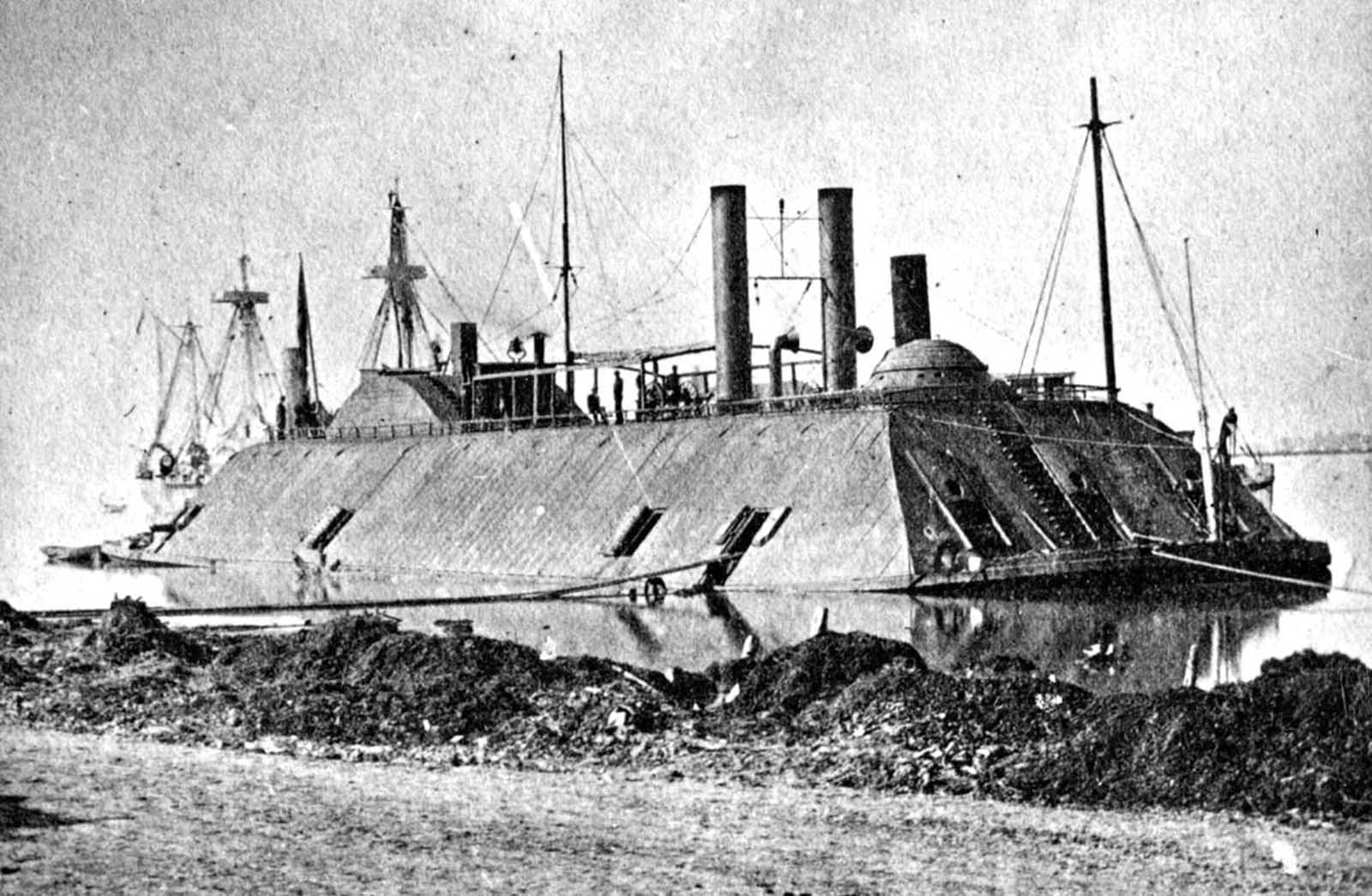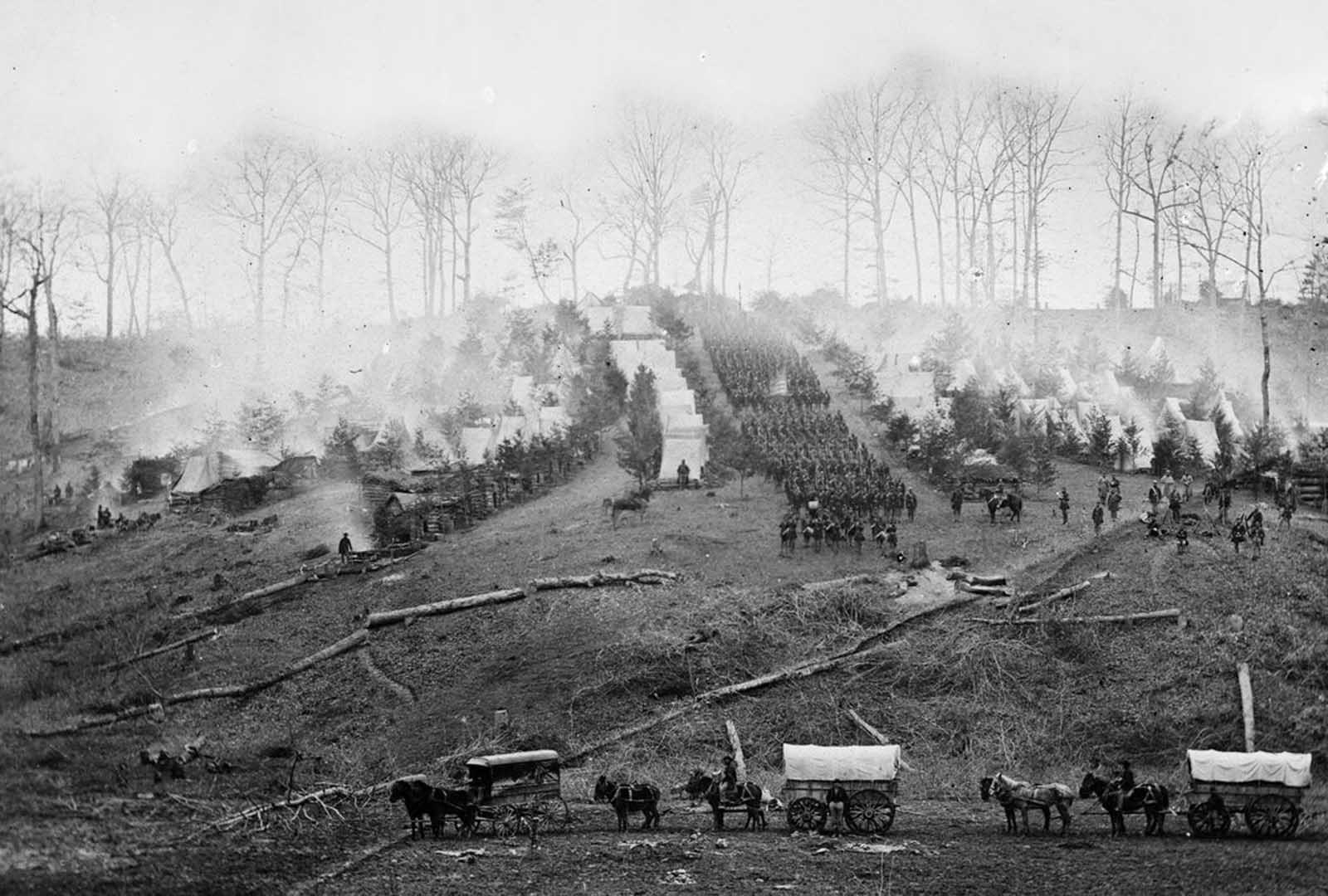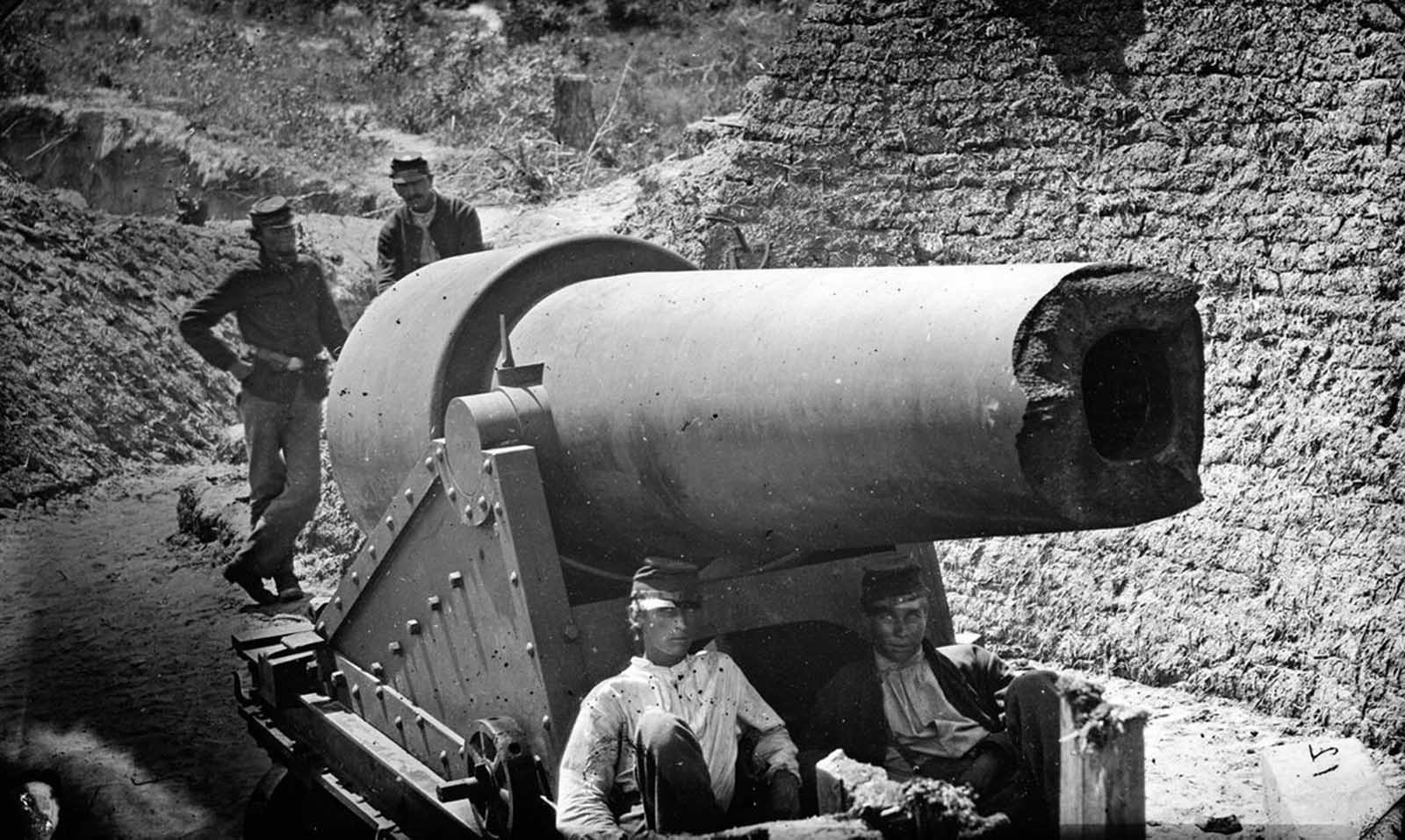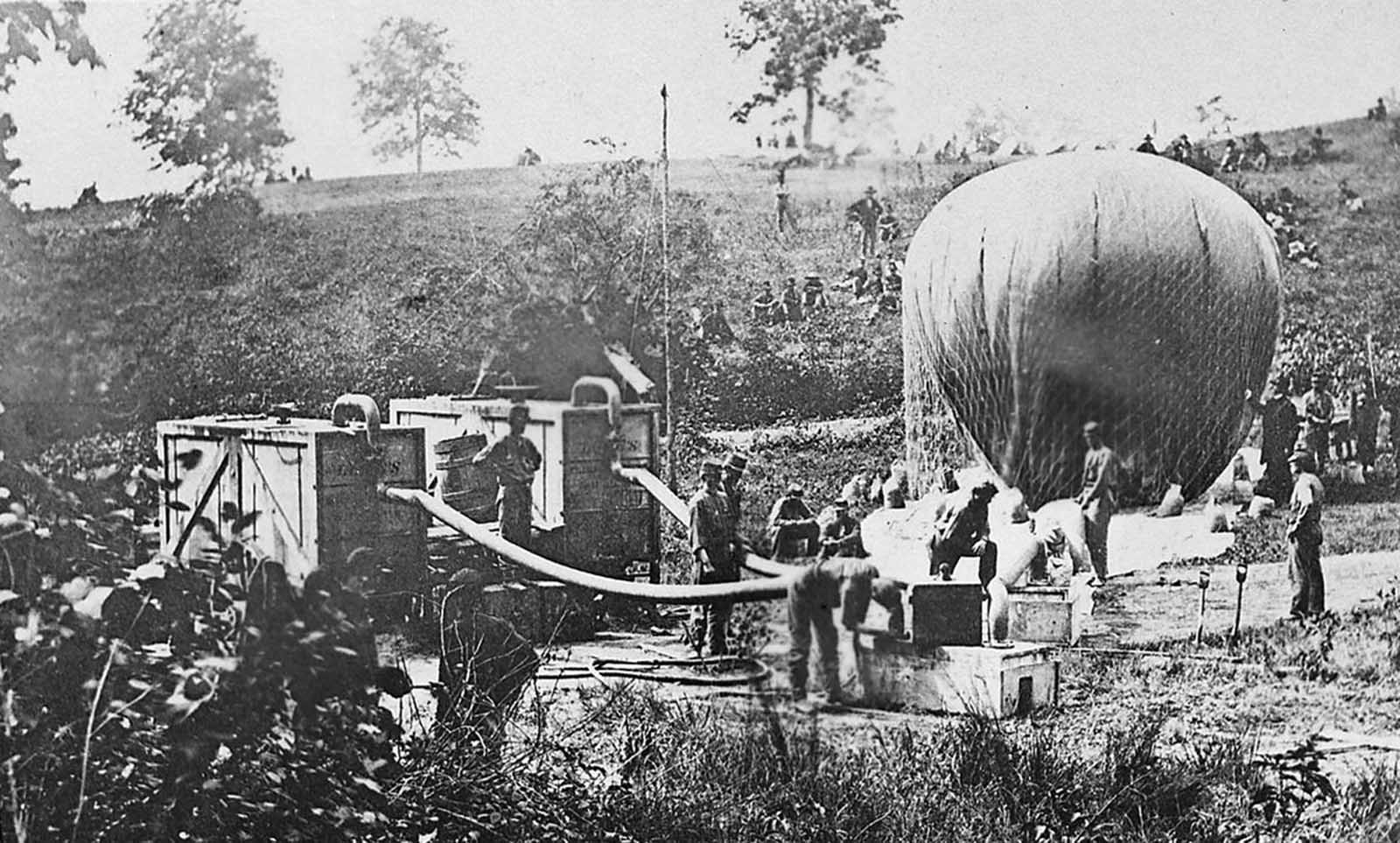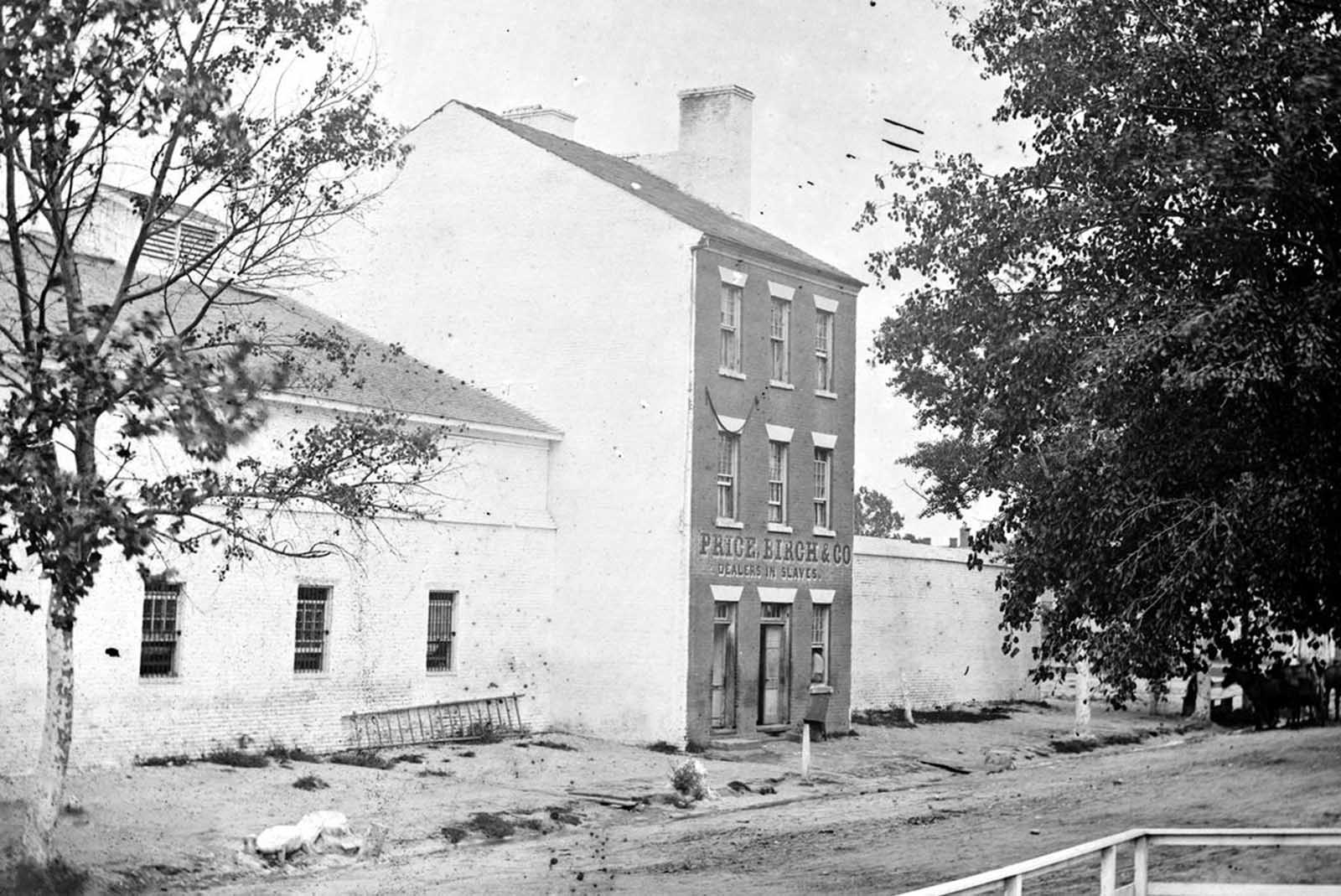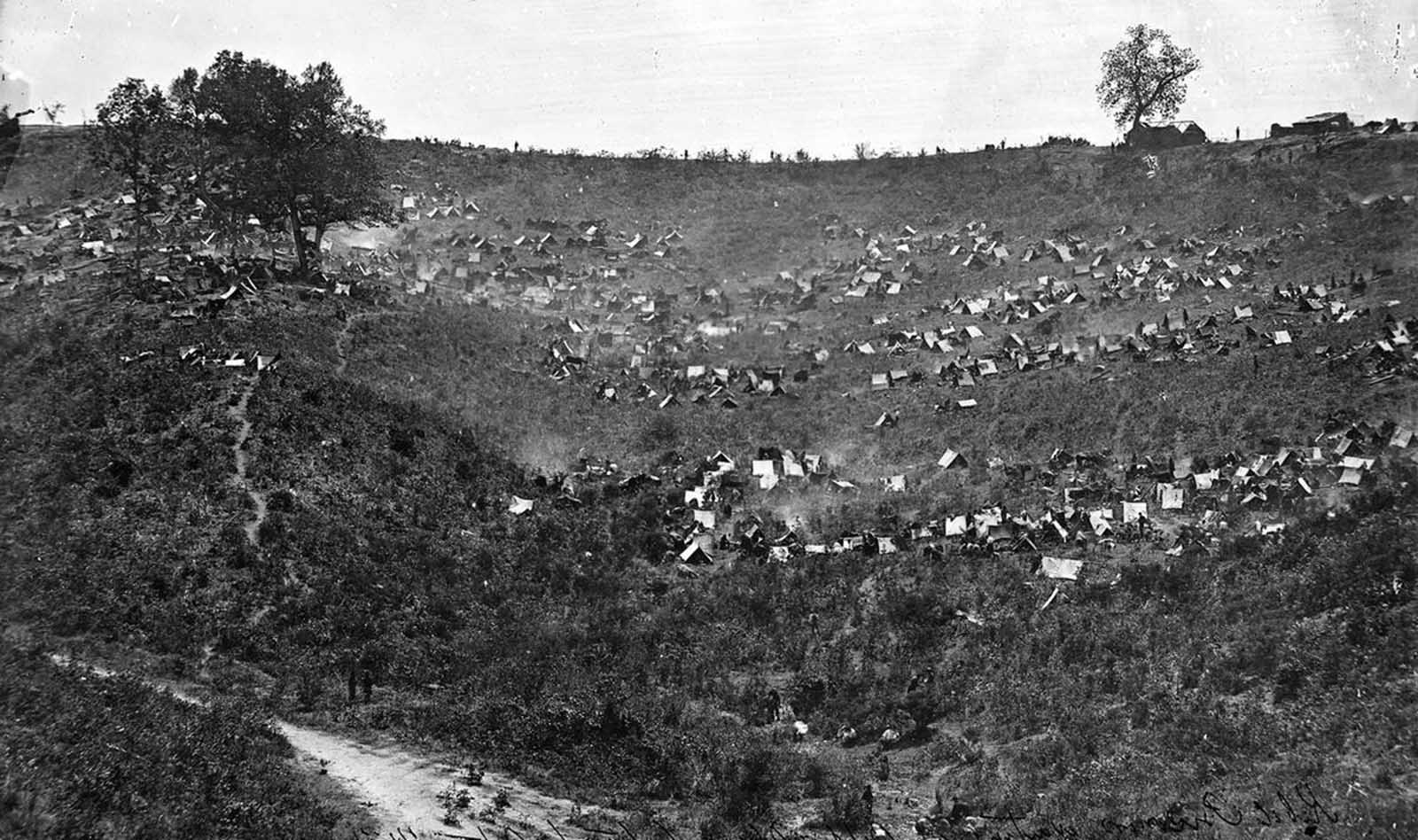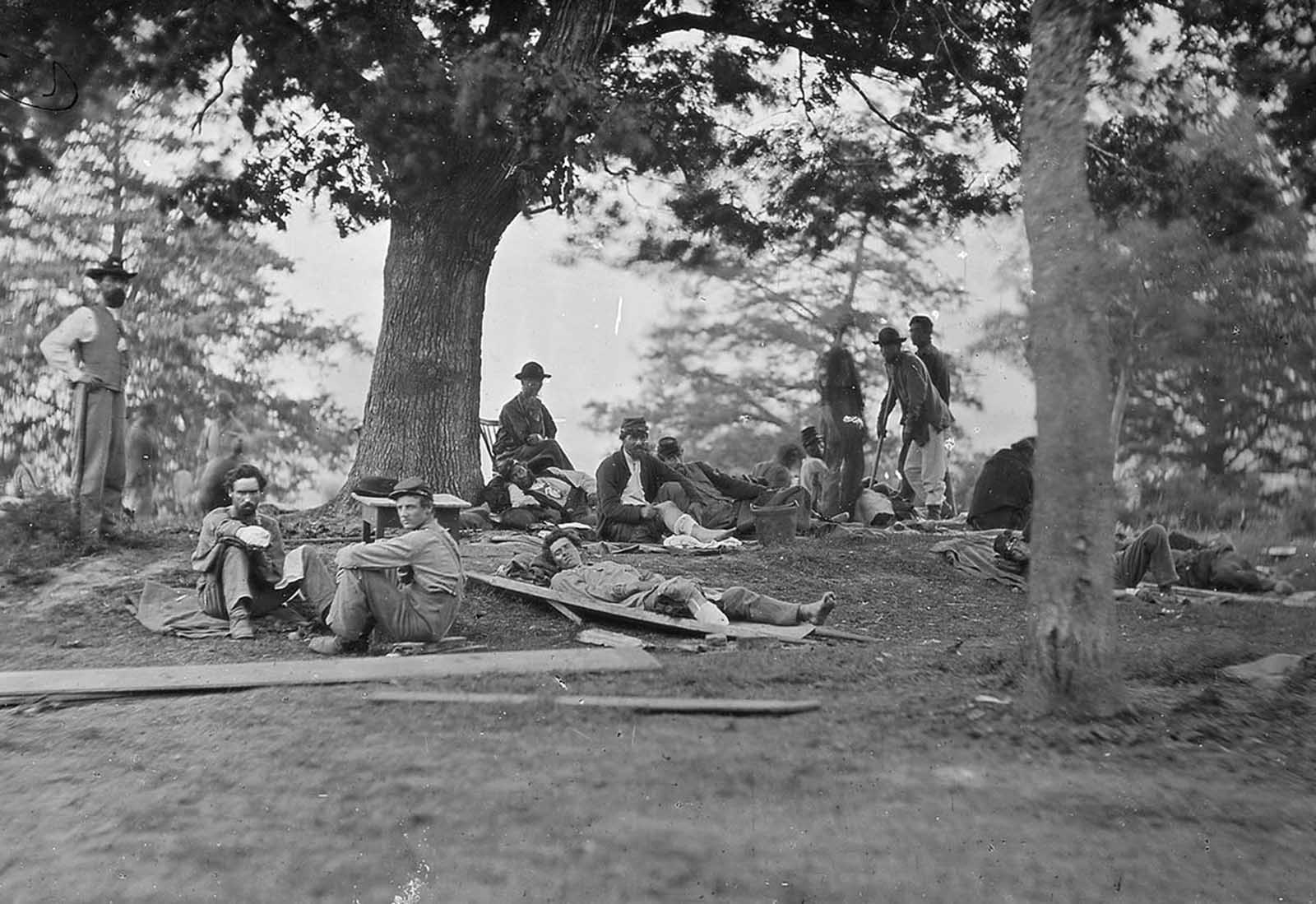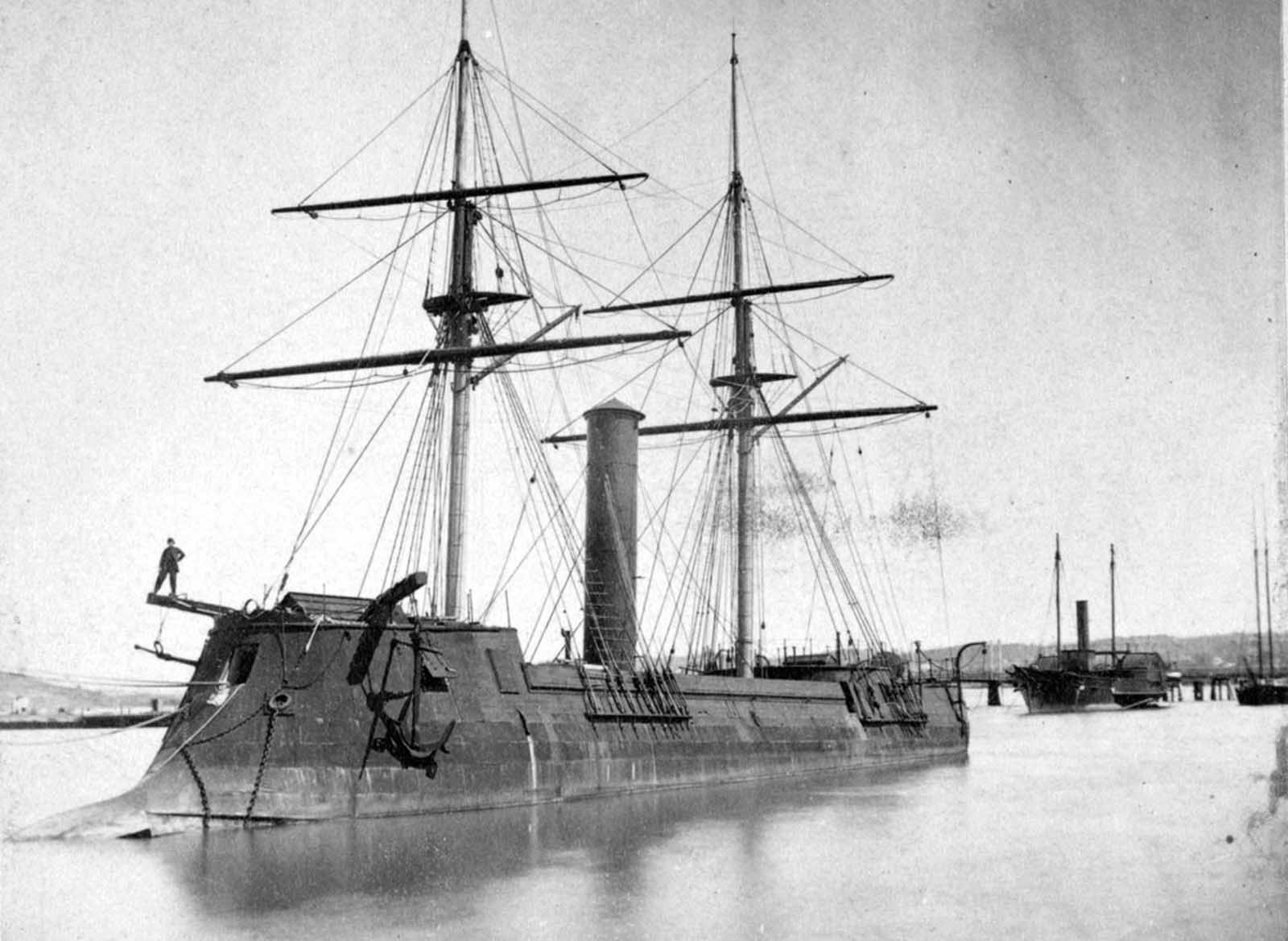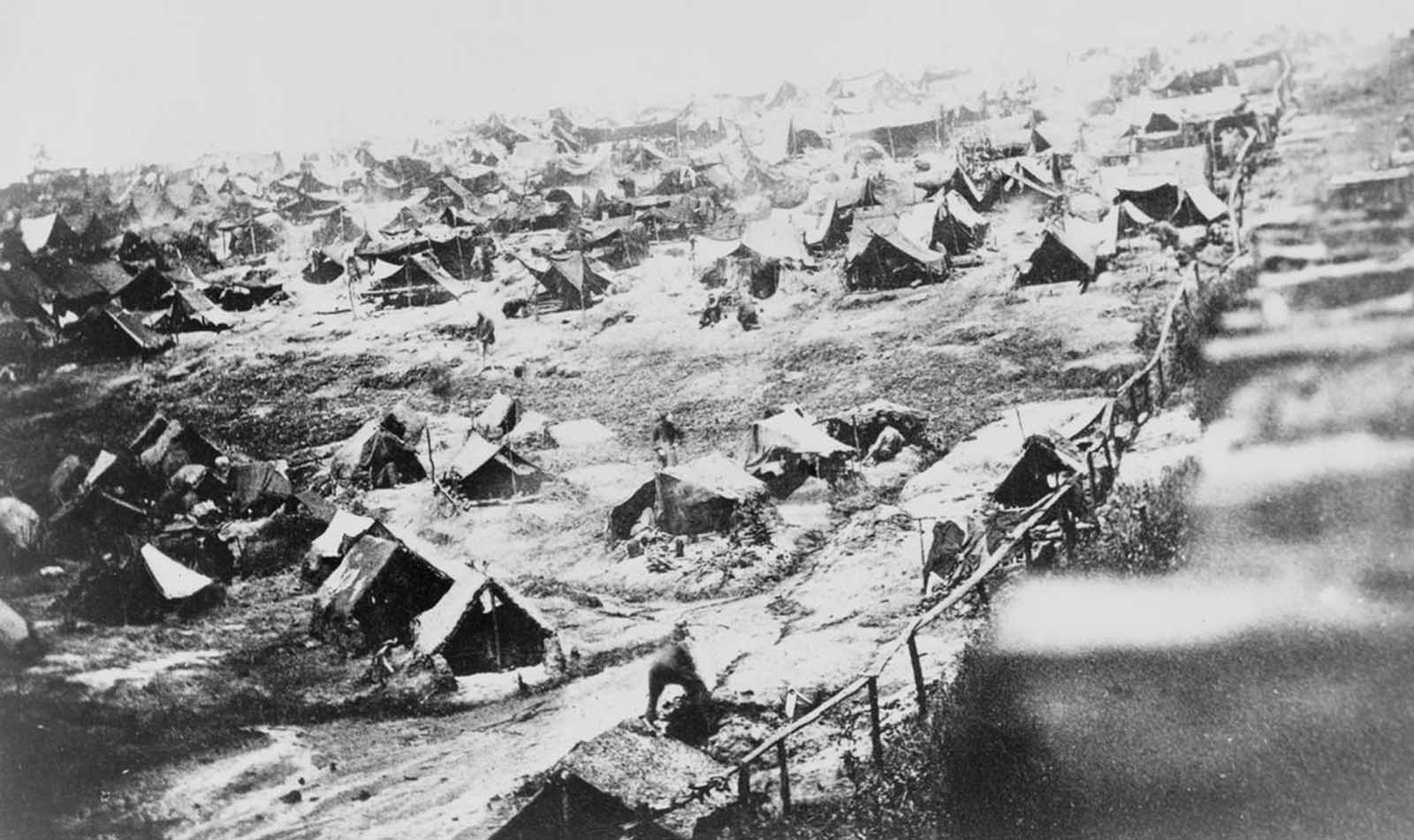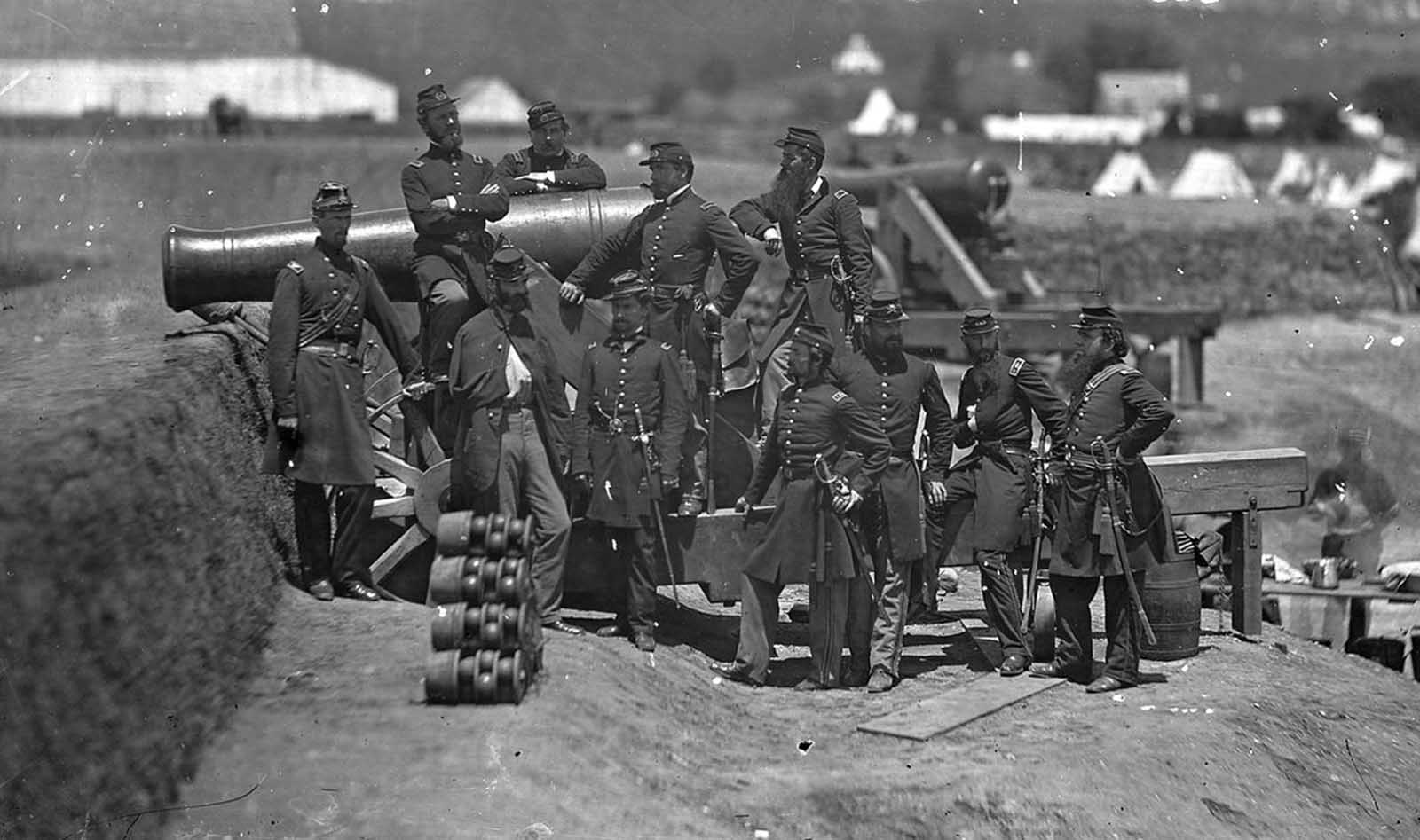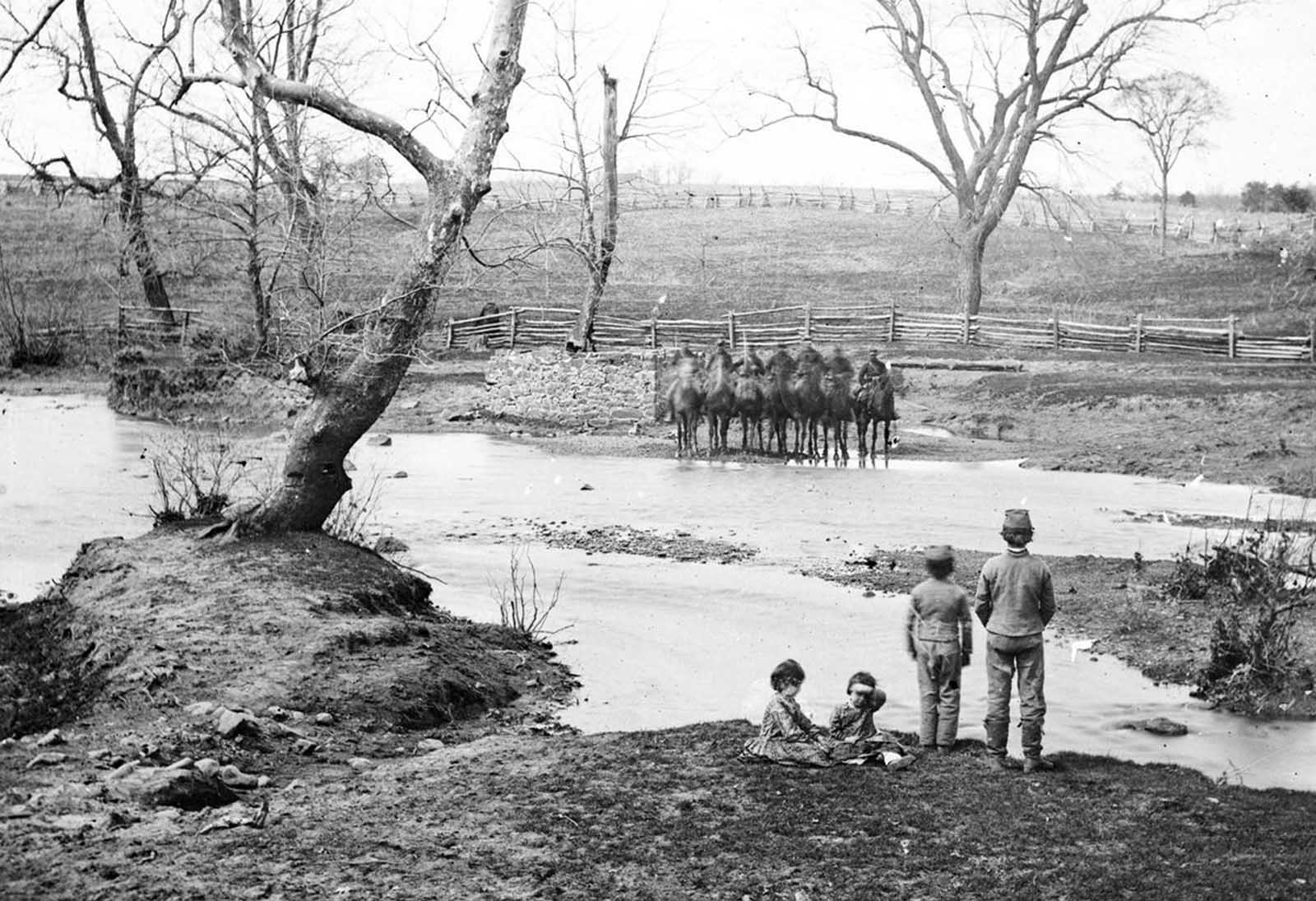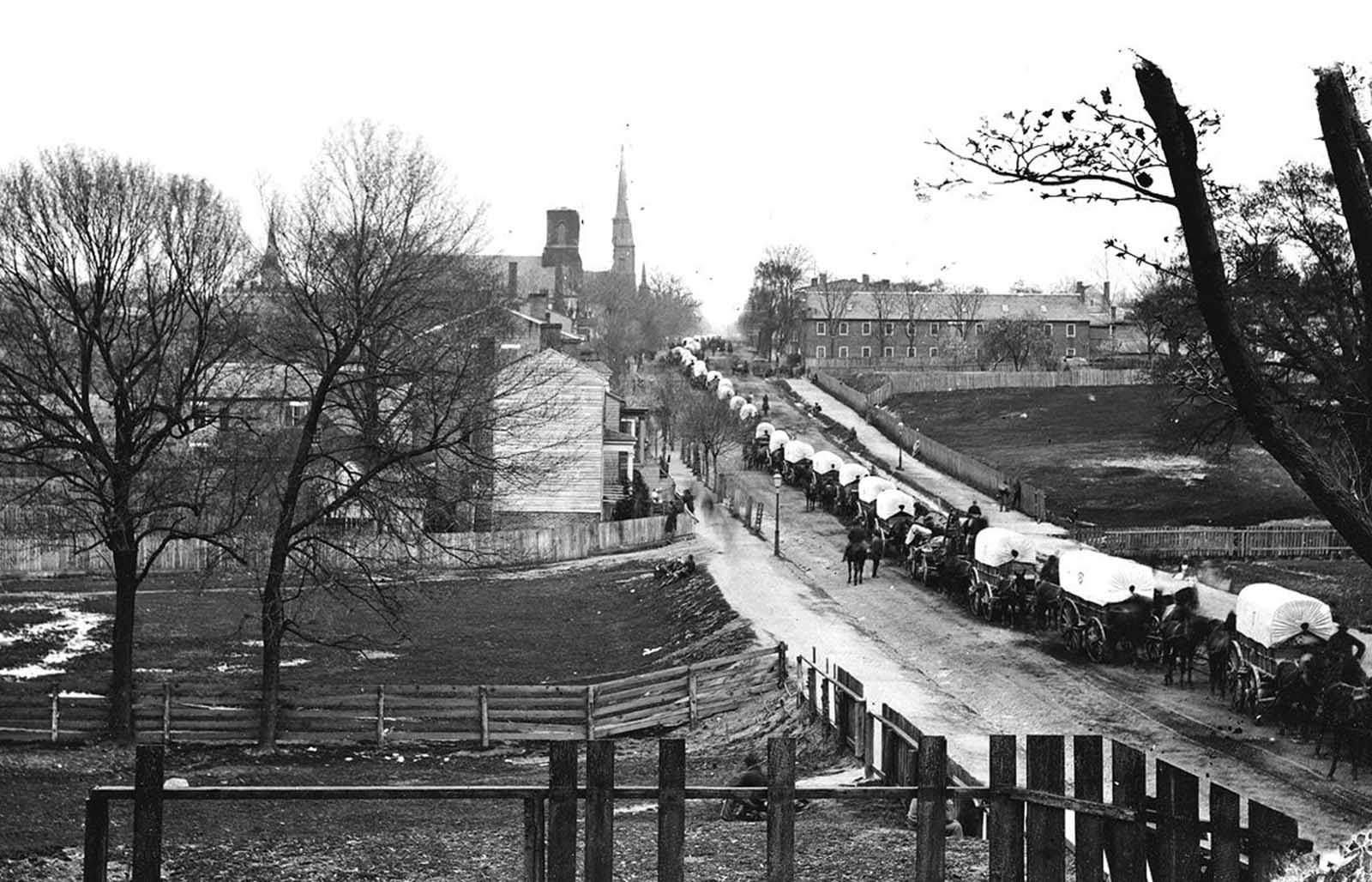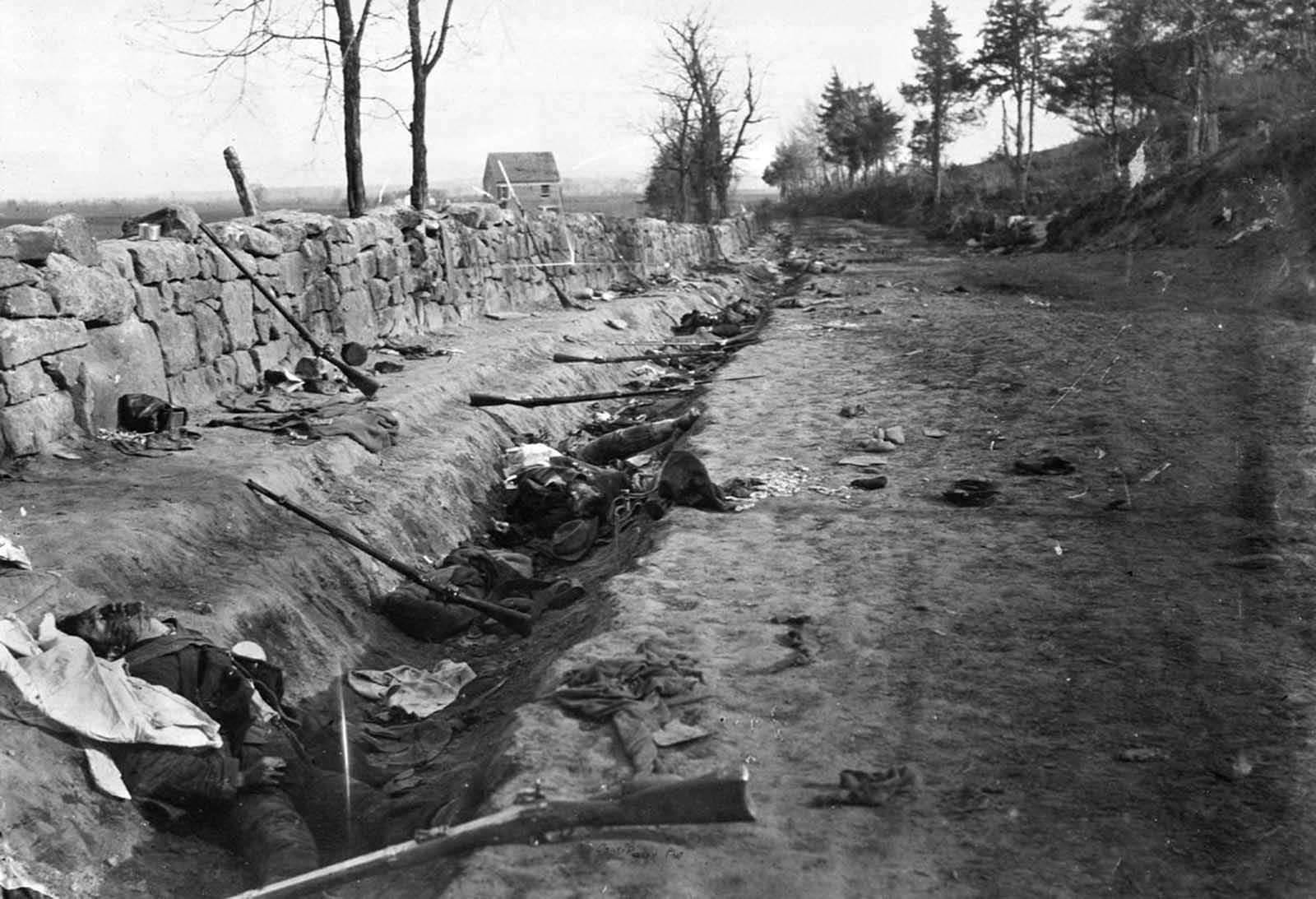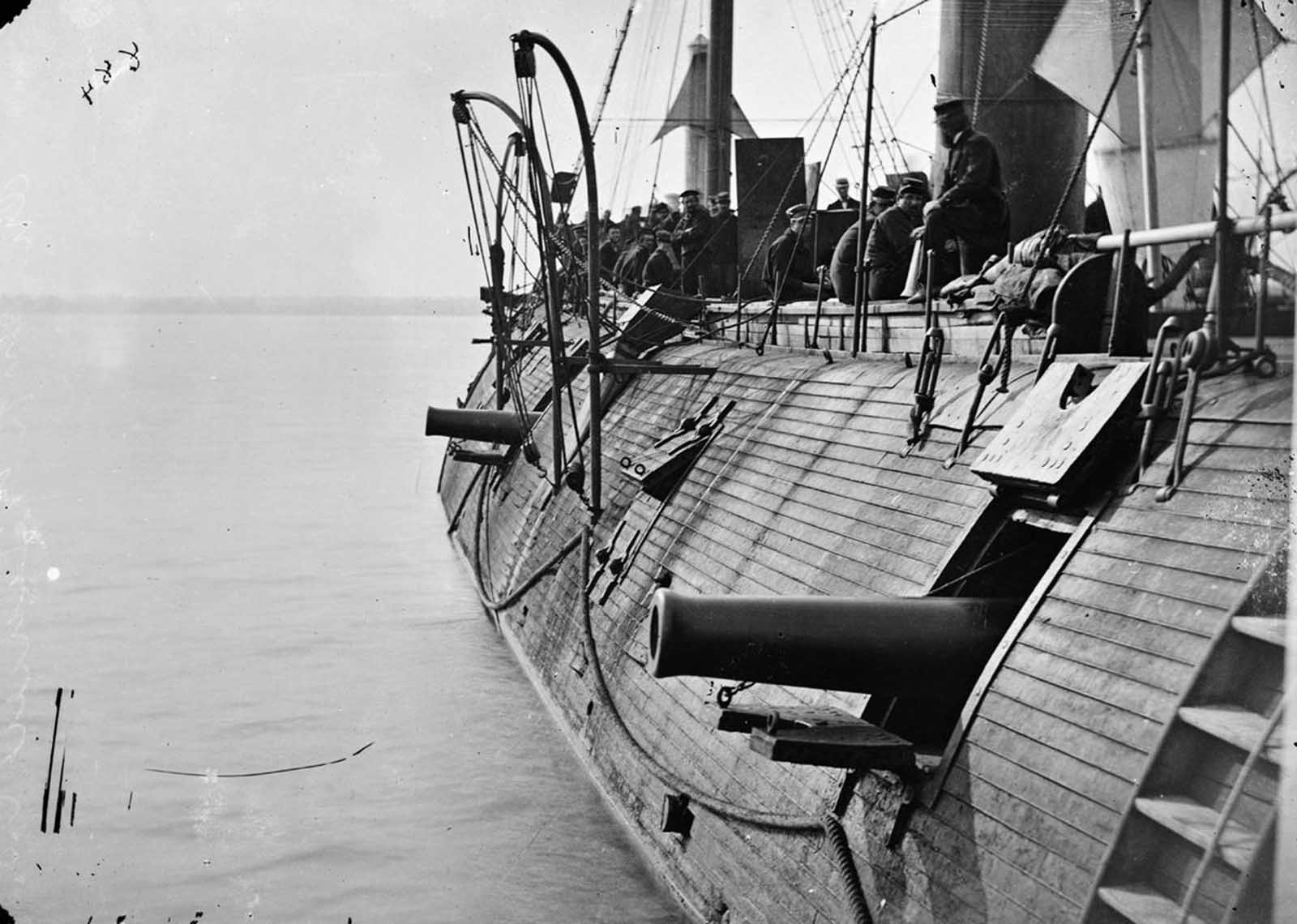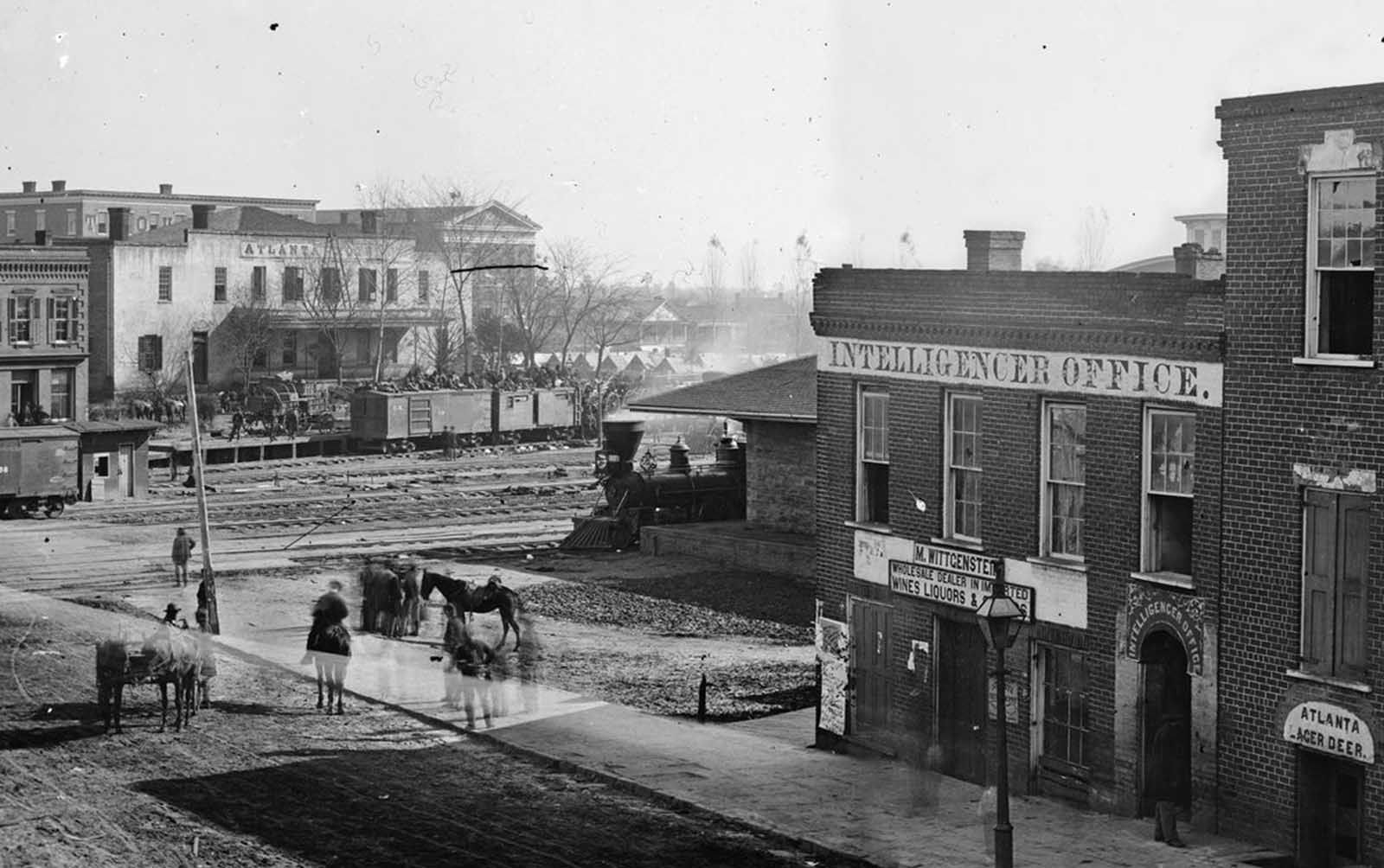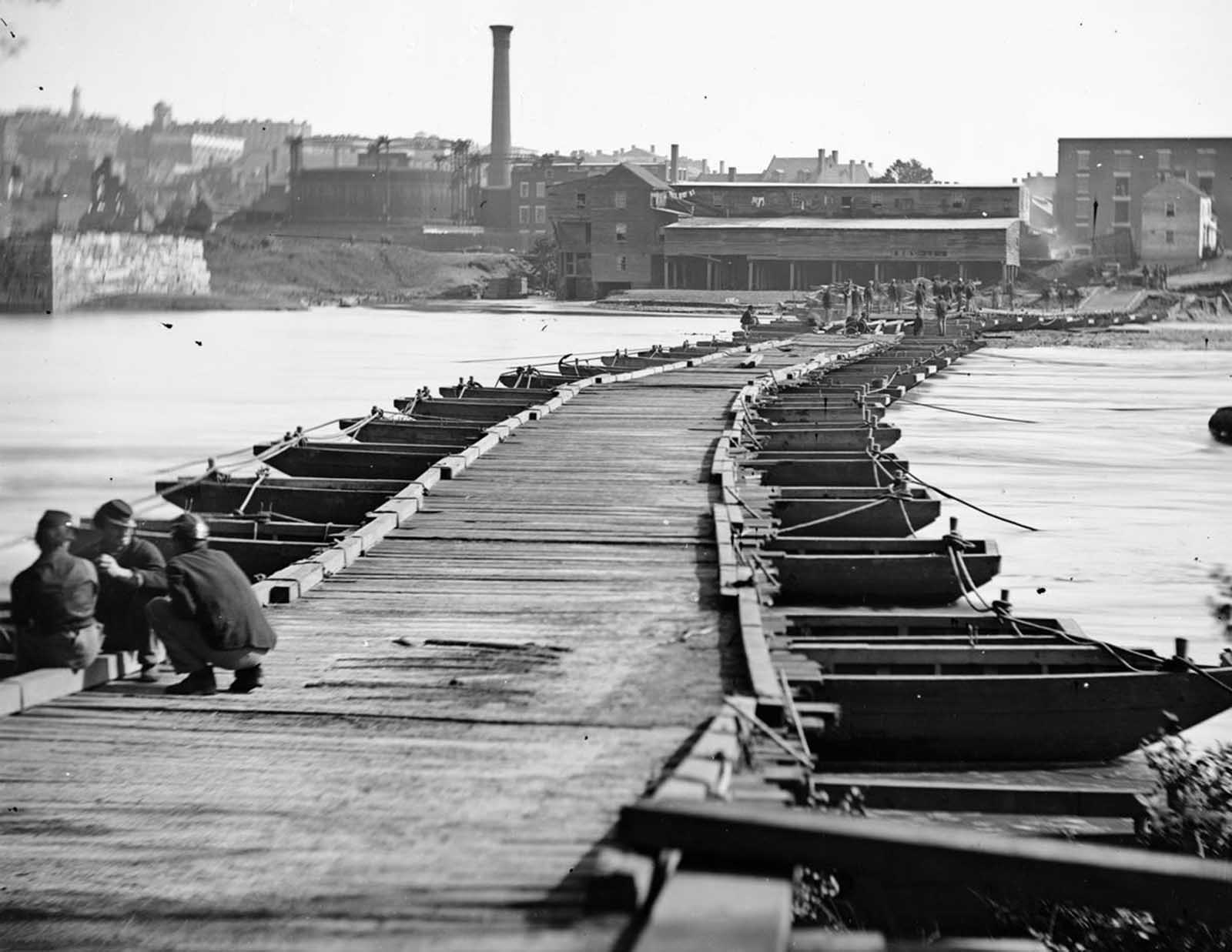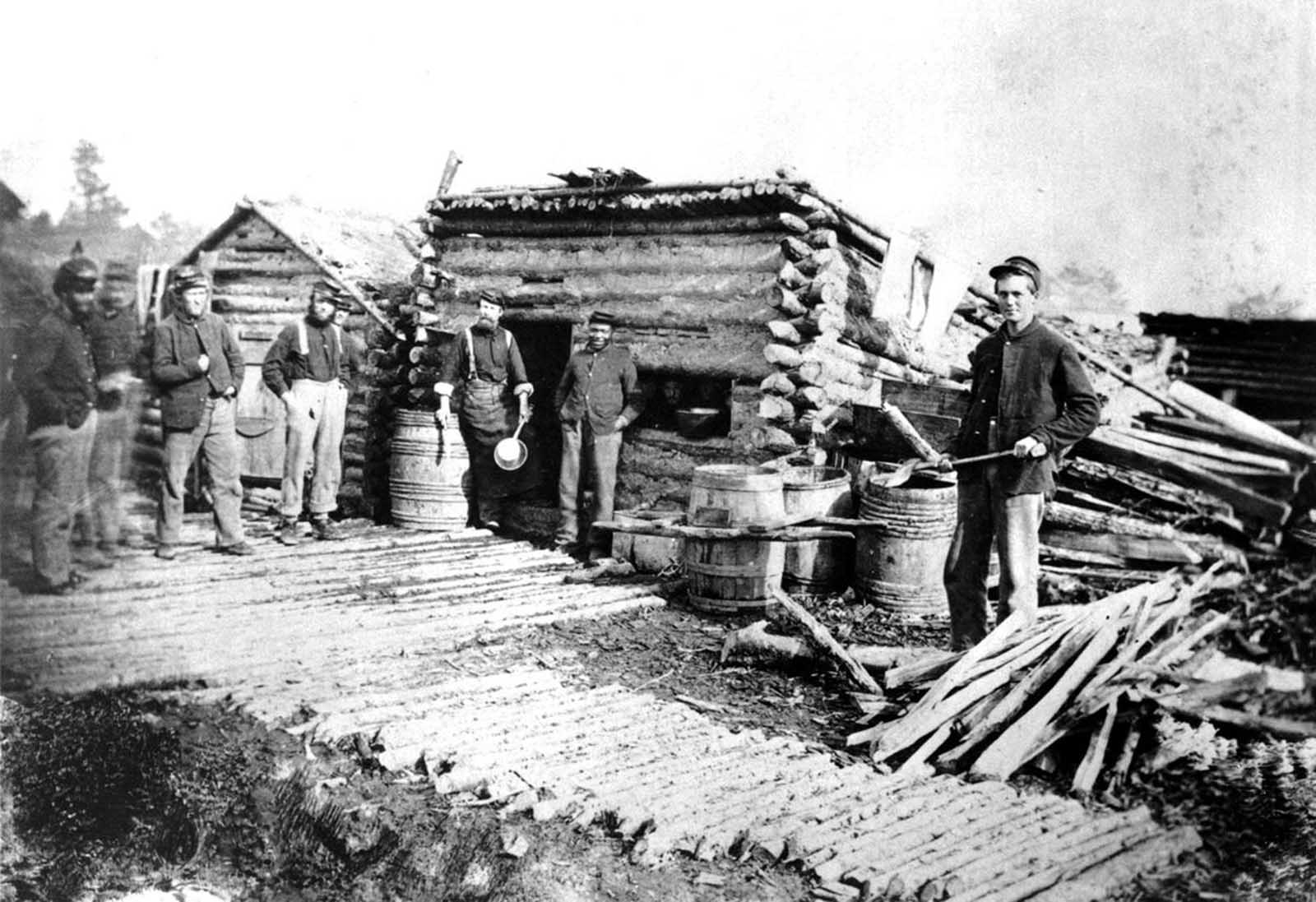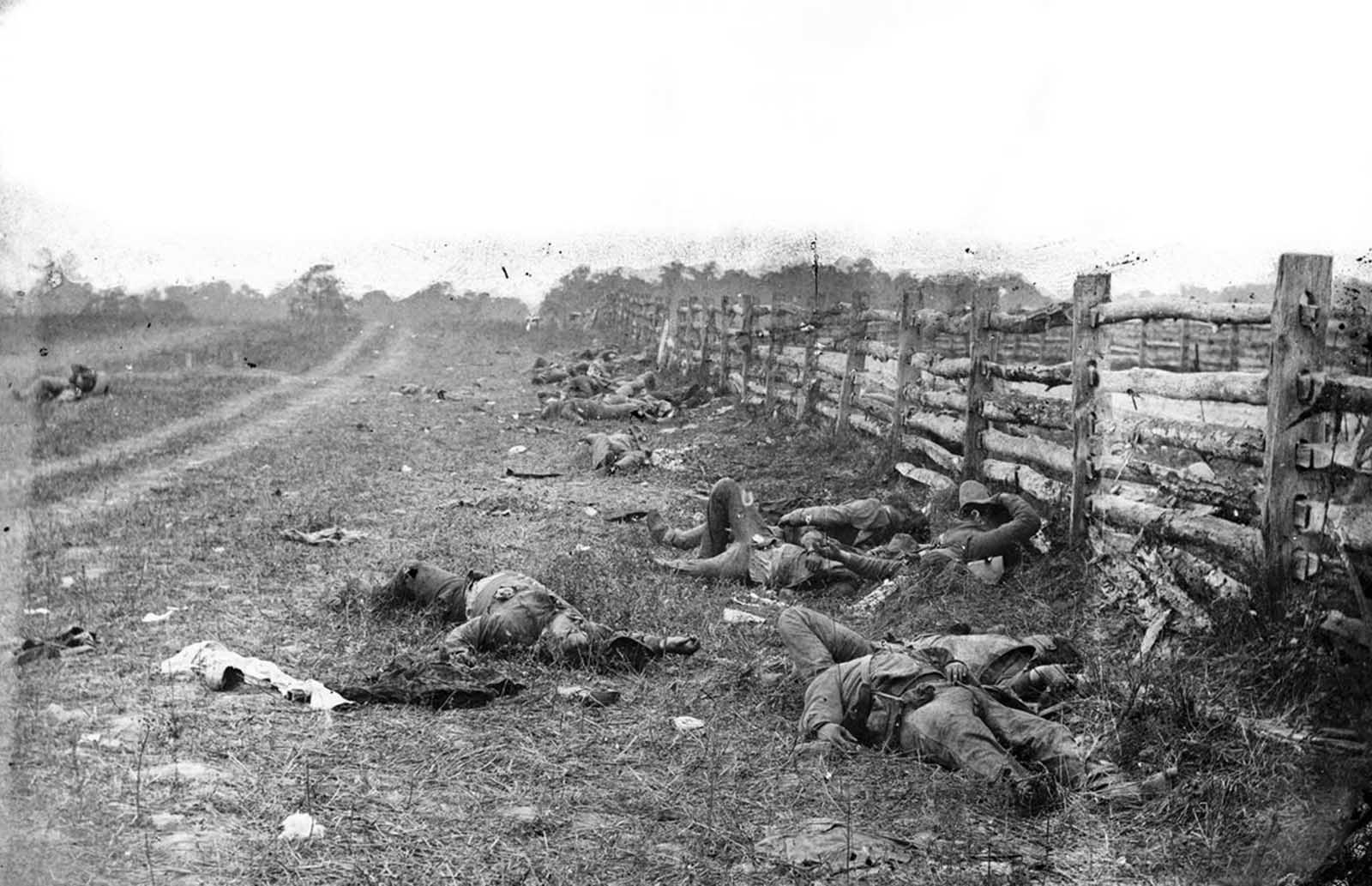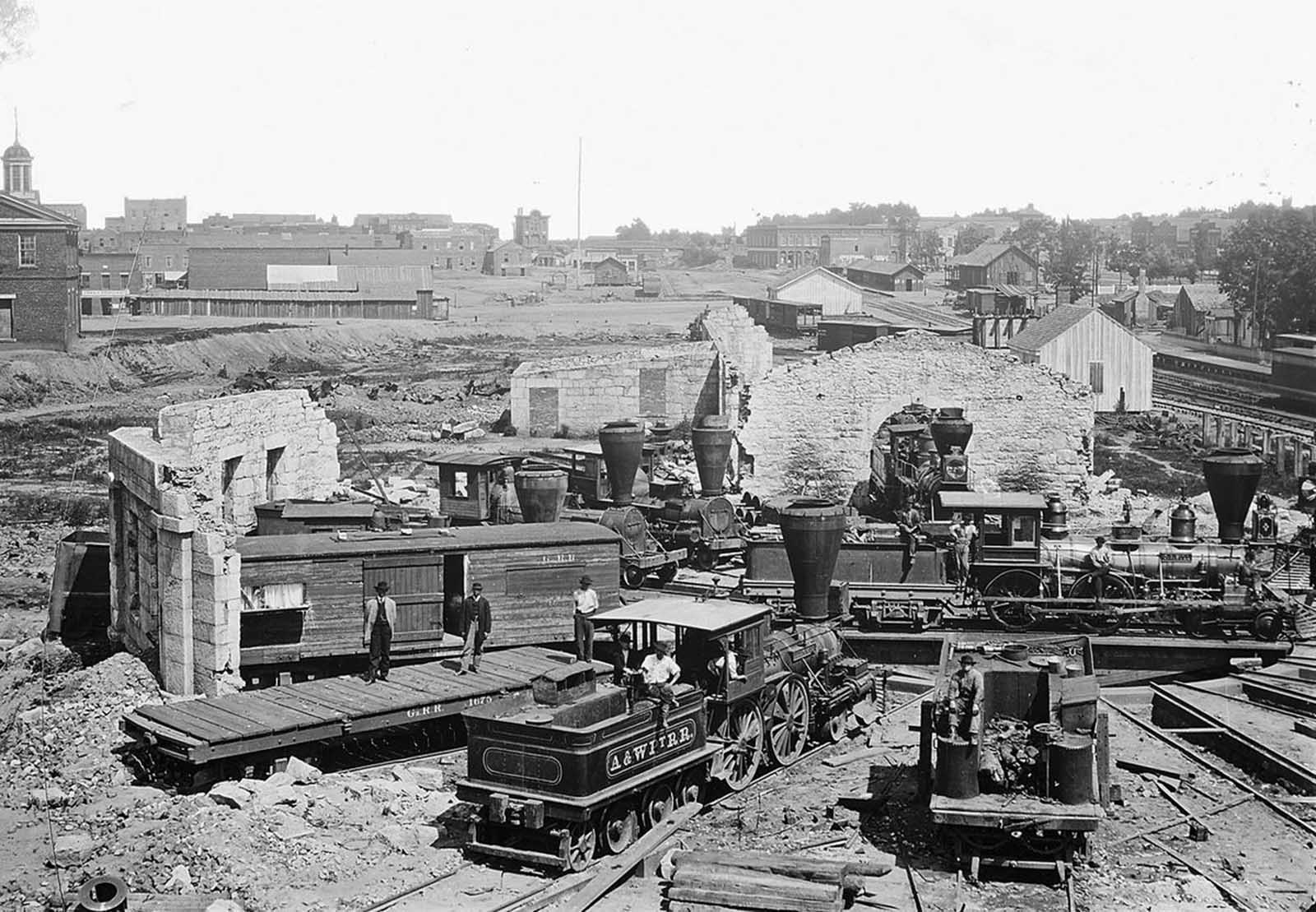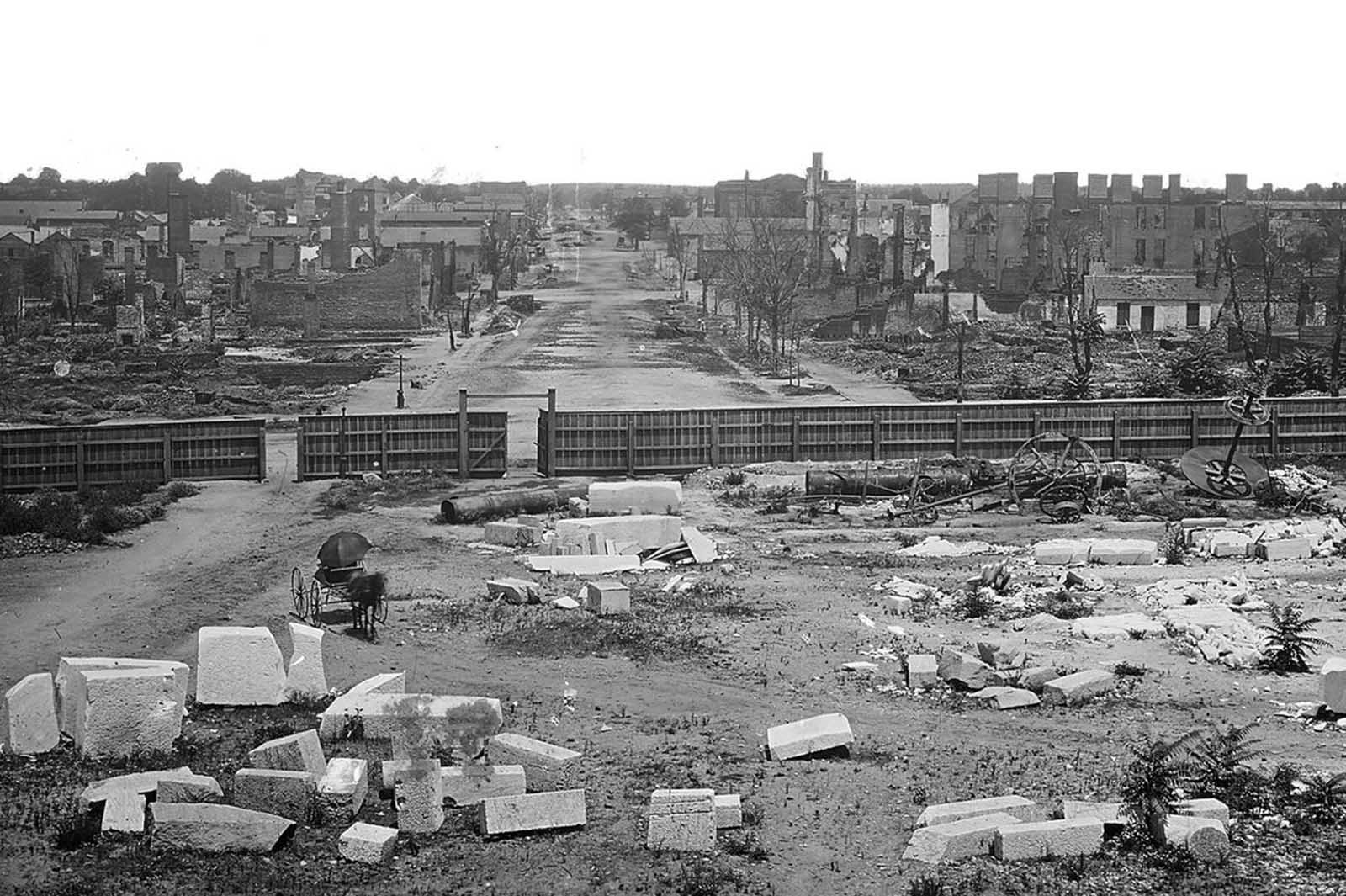As many as 50,000 died in a single battle. The high death toll particularly hurt the South, which had a smaller population going into the war. Nearly every American lost someone in the war: a friend, relative, brother, son, or father. In fact, the war was so divisive that it split some families completely in two. One U.S. senator, for example, had a son who served as a general in the Union army and another as a general for the Confederacy. Even the “Great Emancipator” Abraham Lincoln himself had four brothers-in-law who fought for the South. As disastrous as the war was, however, it also brought the states—in the North as well as the South—closer together. After the war, the United States truly was united in every sense of the word. Most obvious, the war ended the debate over slavery that had divided North and South since the drafting of the Constitution in 1787. States had bickered over Missouri, the Wilmot Proviso and the Mexican Cession, Texas, California, the Fugitive Slave Laws, Dred Scott v. Sanford, Bleeding Kansas, and John Brown and had still been unable to resolve the dispute. In this sense, the Civil War had become inevitable once it was clear that compromises such as the three-fifths clause, the Missouri Compromise, and the Compromise of 1850 had little effect. With each decade, the two regions had drifted further and further apart. Lincoln’s Emancipation Proclamation of 1863, however, ended the debate for good. Lincoln knew that only when slavery had been abolished would the debate end and the Union be reunited. The Union victory also ended the debates over states’ rights versus federalism. Southerners and Democrats had believed since Thomas Jefferson’s and James Madison’s Virginia and Kentucky Resolutions that states had the right to overrule the federal government when Congress acted unconstitutionally. In other words, they believed that states—not the Supreme Court—had the power of judicial review to determine whether Congress’s laws were constitutional or unconstitutional. John C. Calhoun had raised this point in his South Carolina Exposition and Protest during the Nullification Crisis of the 1830s when he had urged his state to nullify the Tariff of Abominations. Whigs and Republicans, on the other hand, generally believed the opposite—that only the Supreme Court had the power of judicial review and that it was the duty of the states to obey the Court. The South’s defeat asserted federal power over the states and settled the debate once and for all. The Civil War was also a significant event in world history because the North’s victory proved that democracy worked. When war broke out in 1861, many monarchs in Europe had believed smugly that the United States was on the brink of collapse. Democracy, they argued, was too volatile, too messy, and too fragile to be of any practical use. Lincoln himself recognized the historical significance of the war even before it was over. In his Gettysburg Address, he argued that the Civil War was a test for democracy and that the outcome of the war would determine the fate of representative government for the entire world. In his words, “…we here highly resolve…that government of the people, by the people, for the people, shall not perish from the earth”. (Photo credit: Library of Congress). Notify me of new posts by email.
Δ Subscribe





